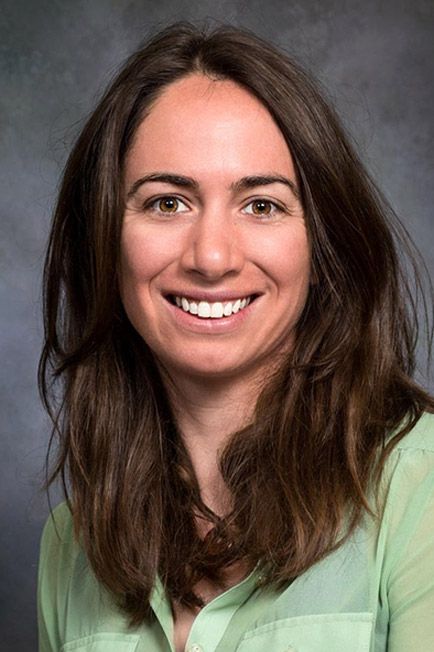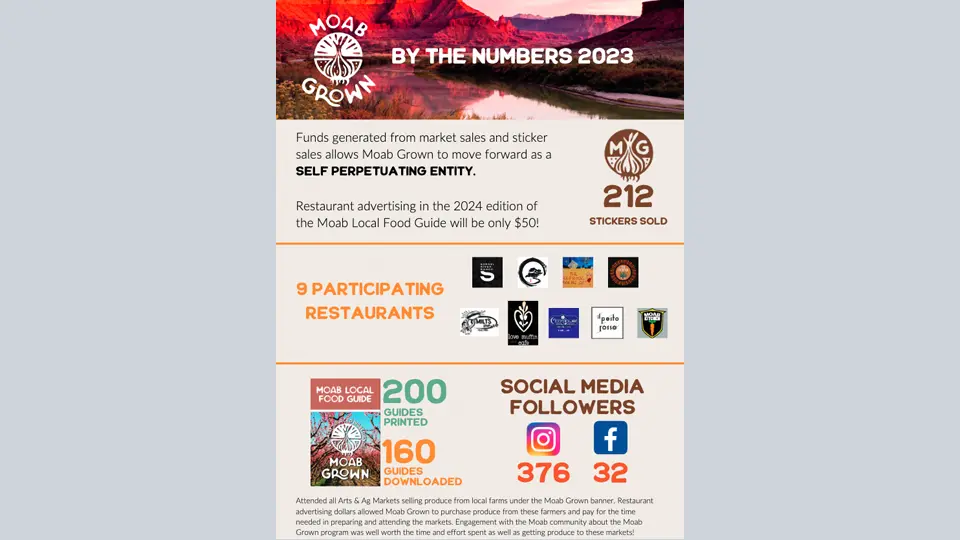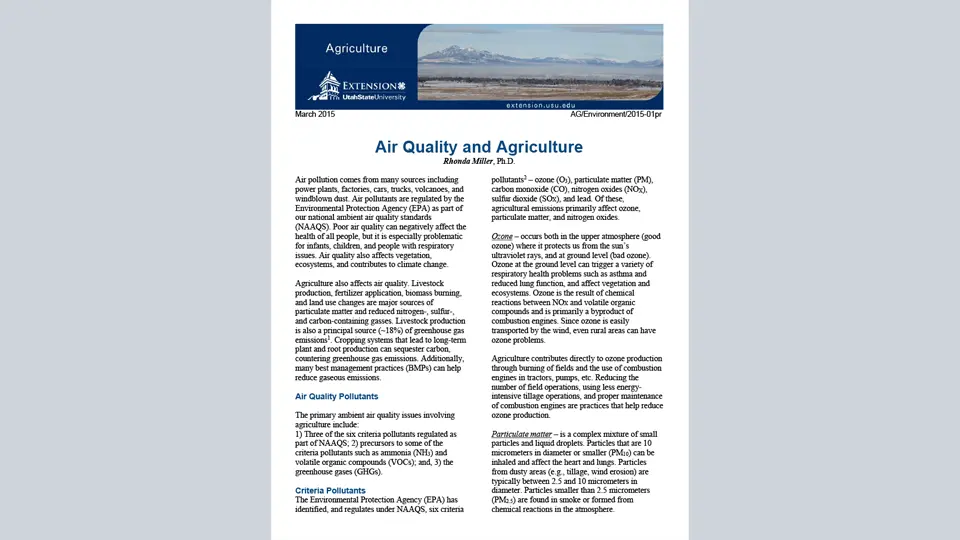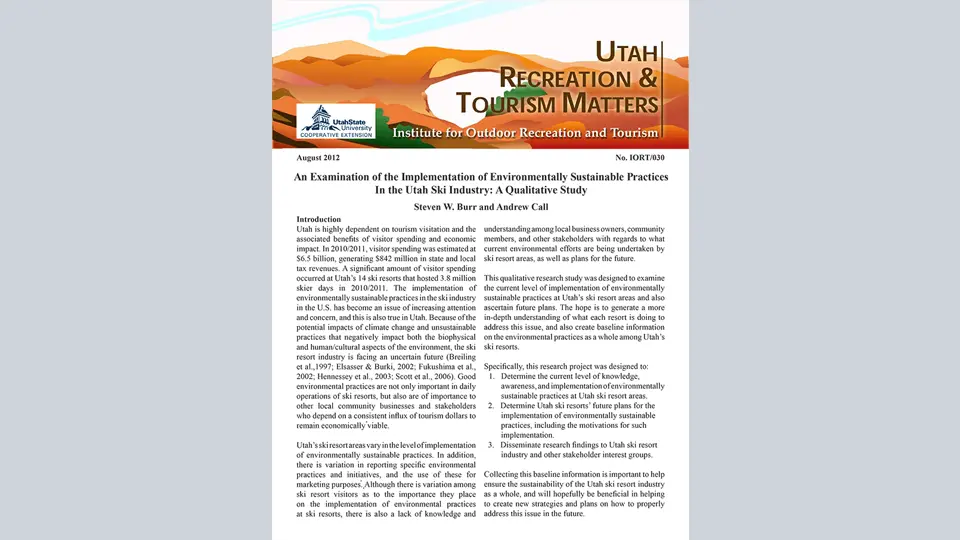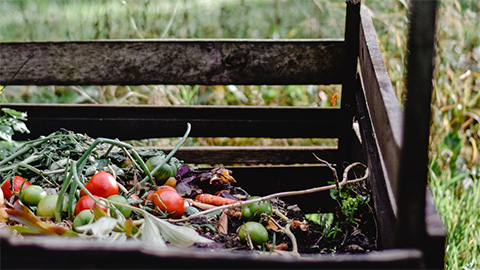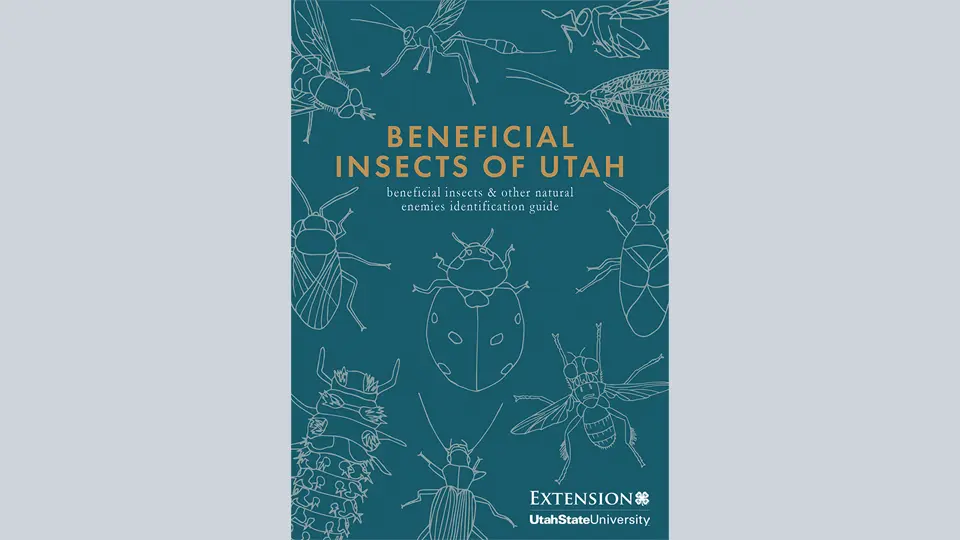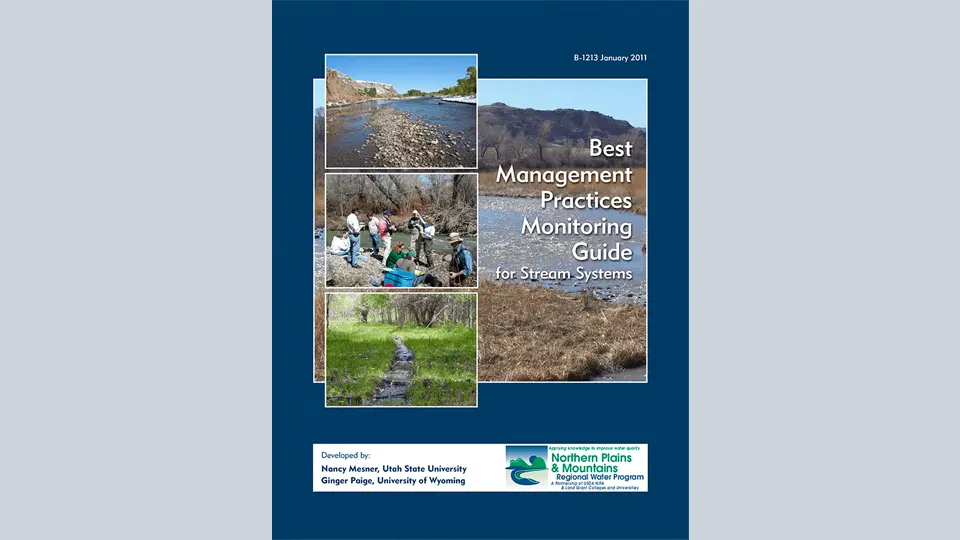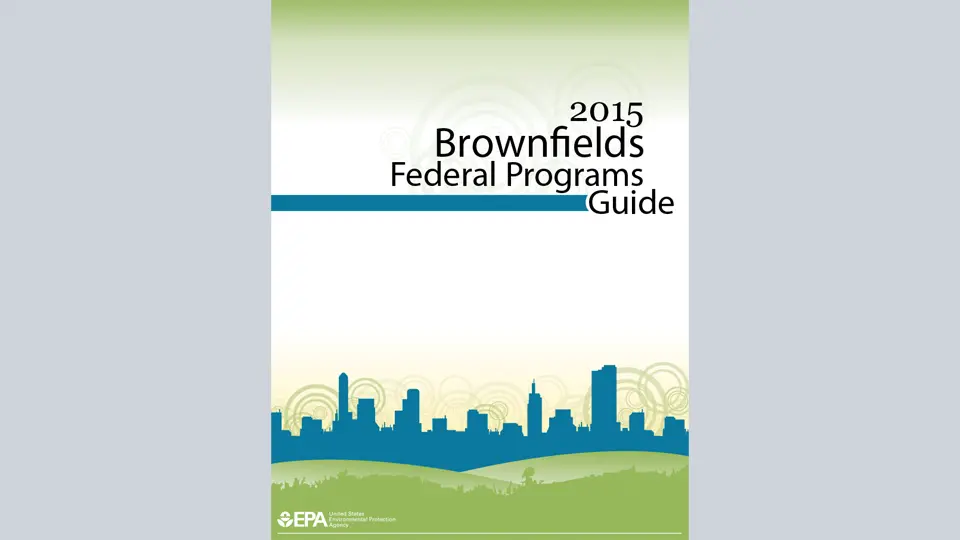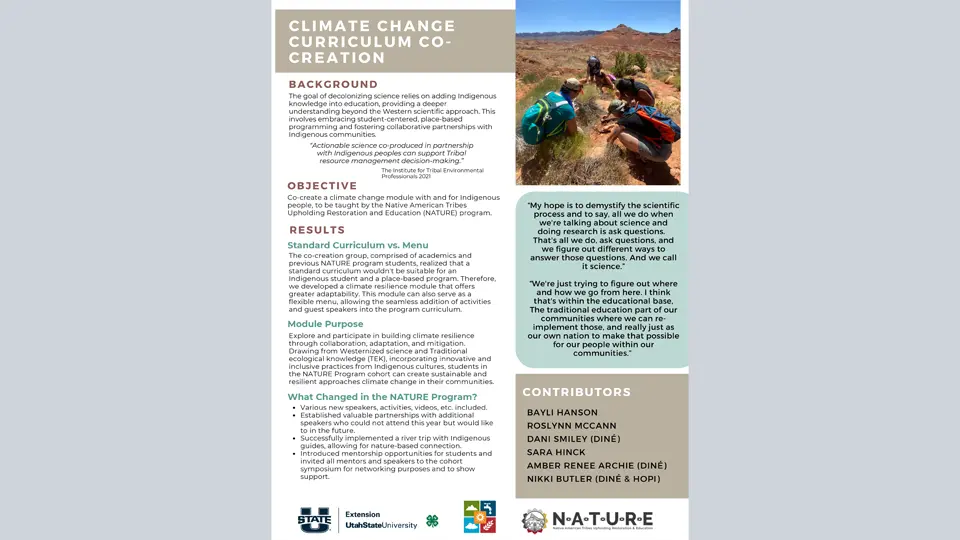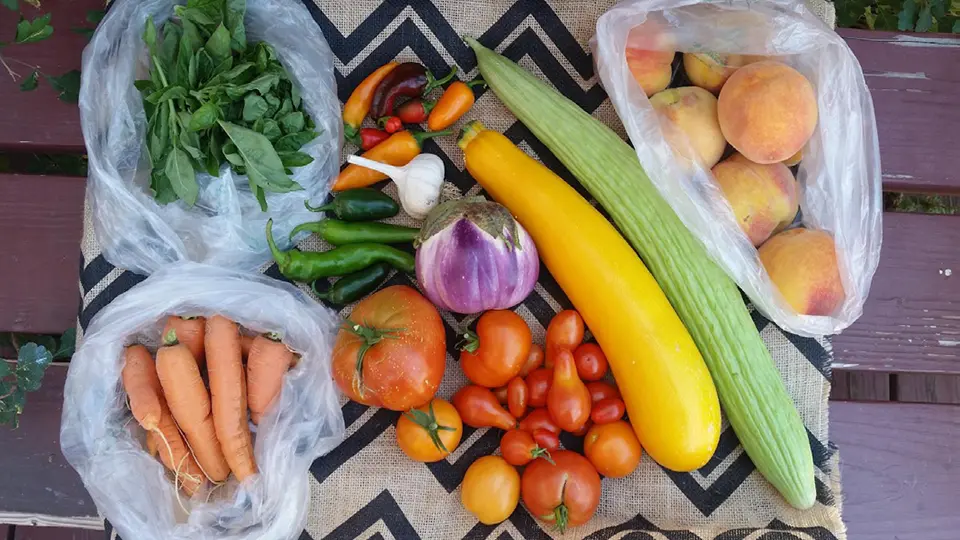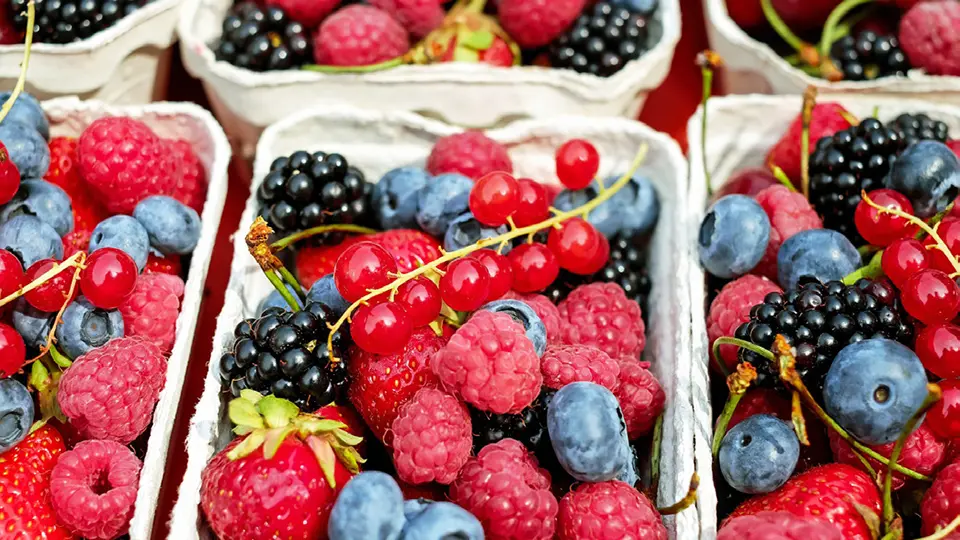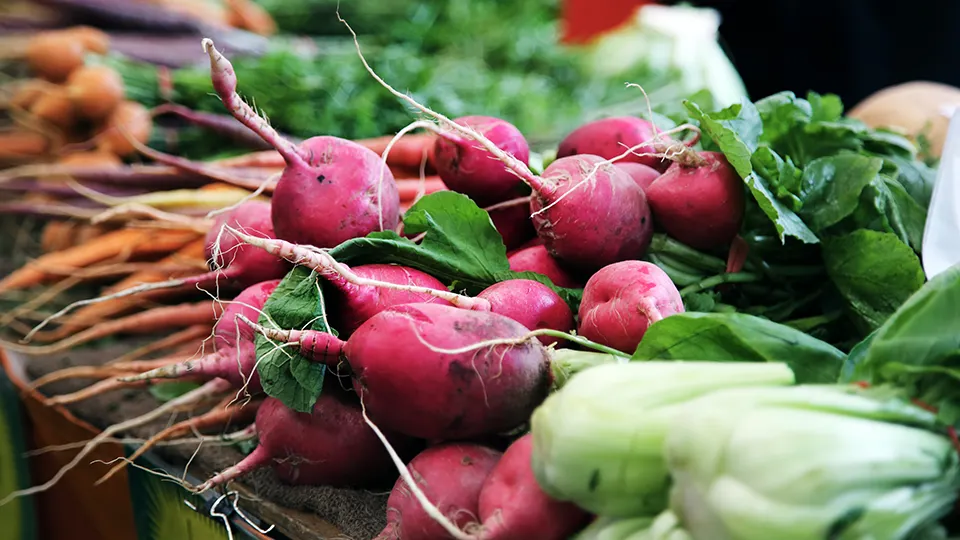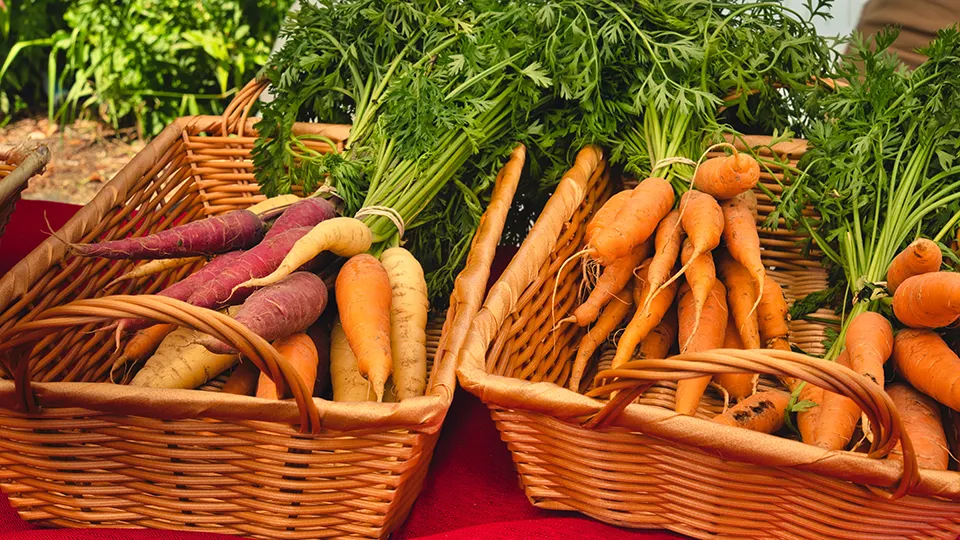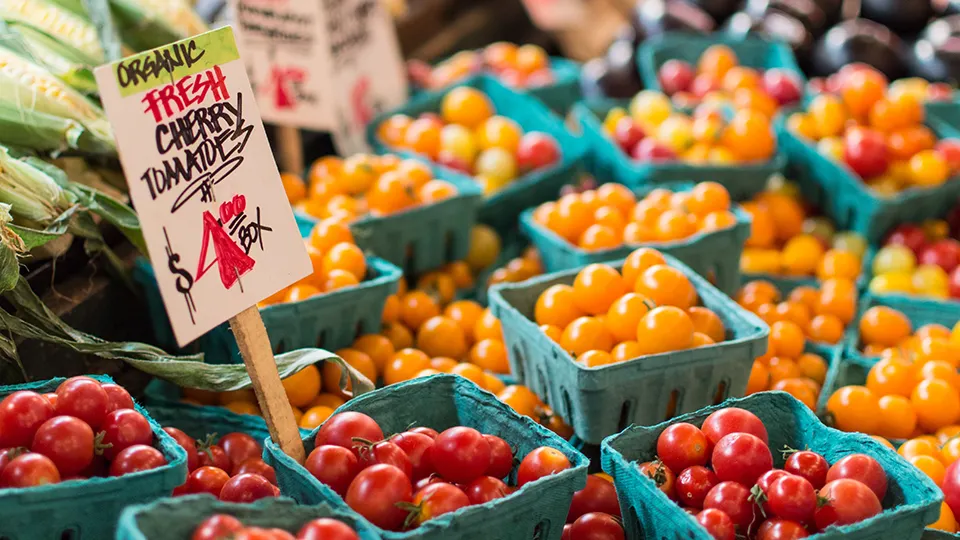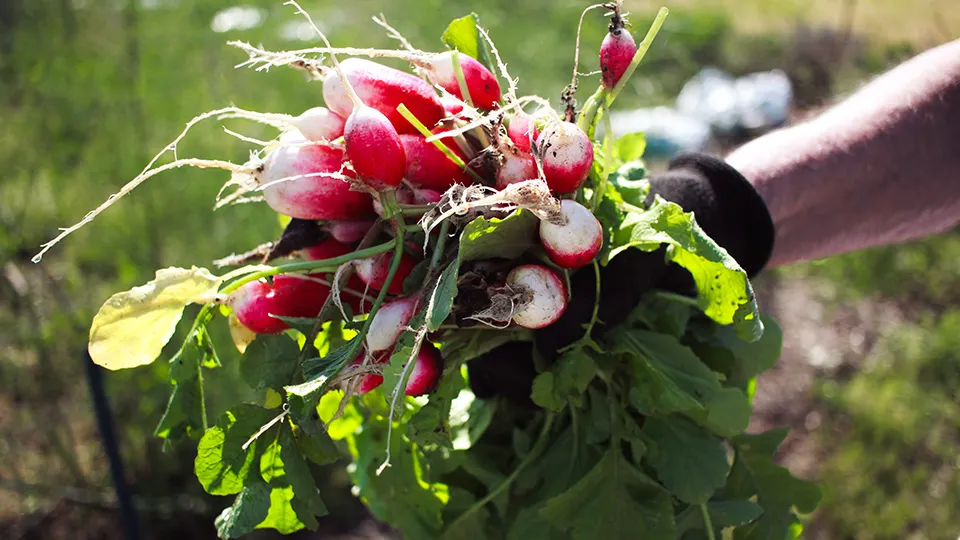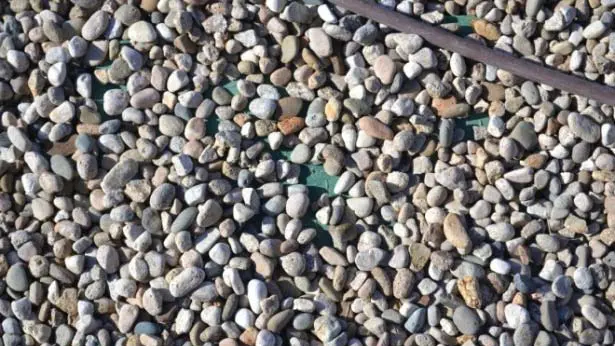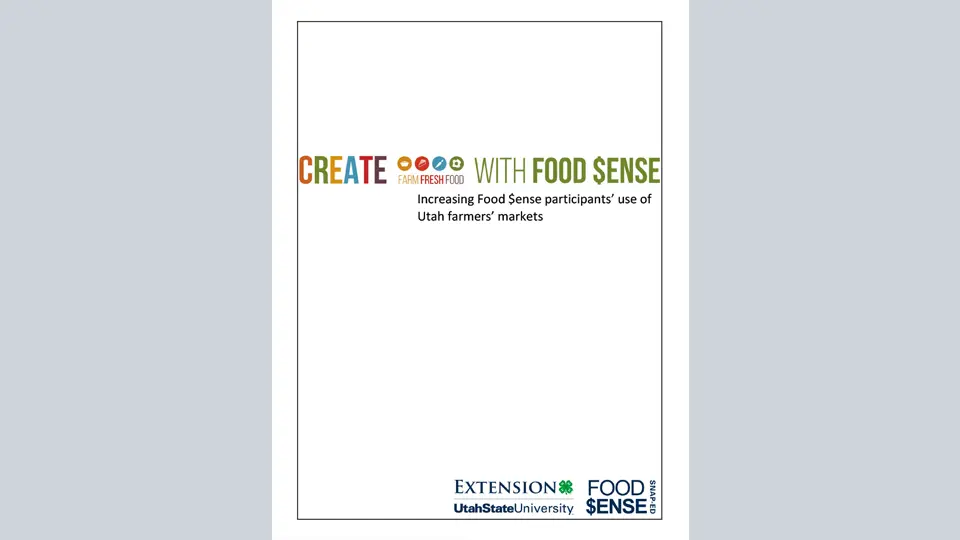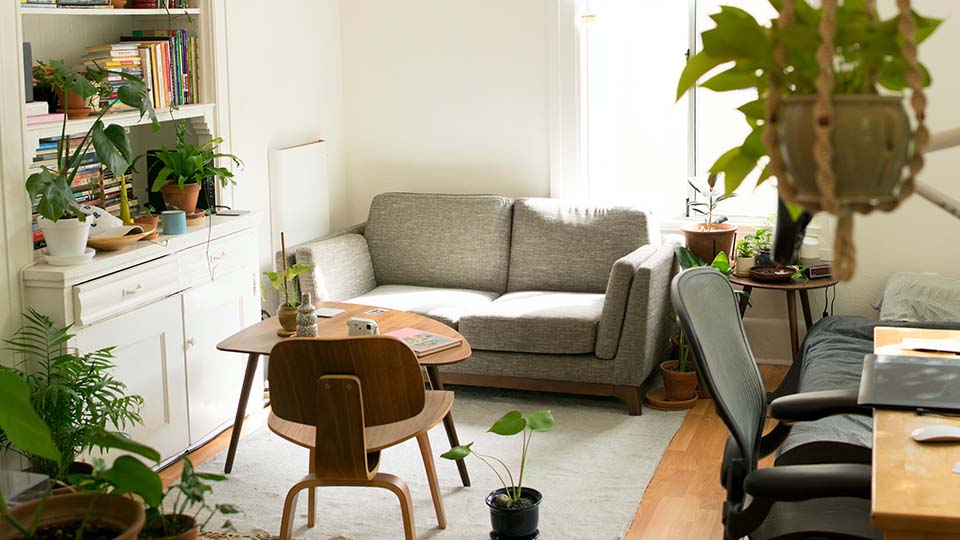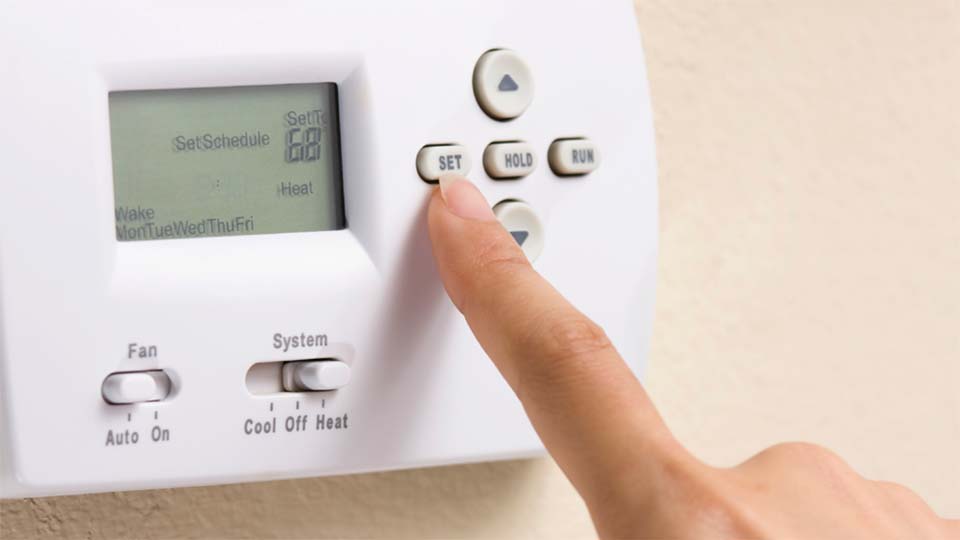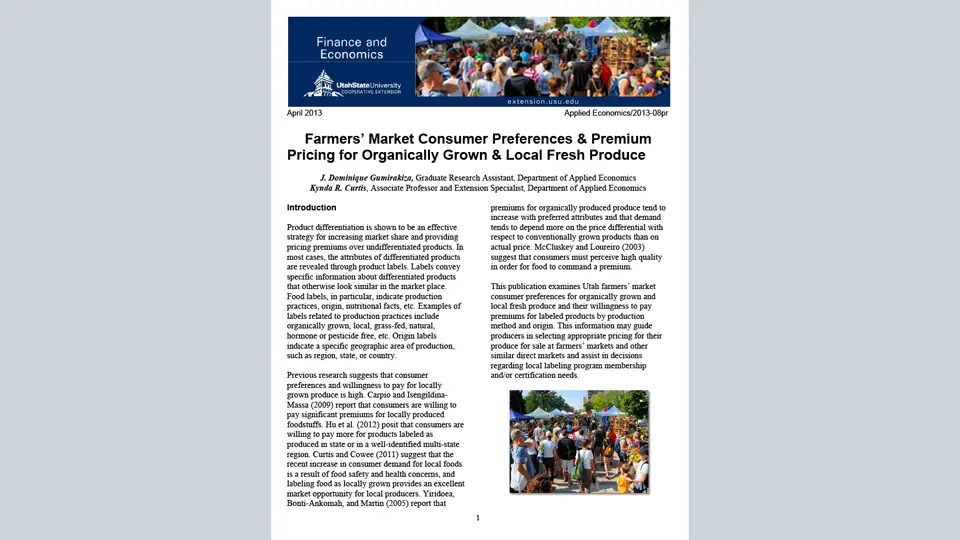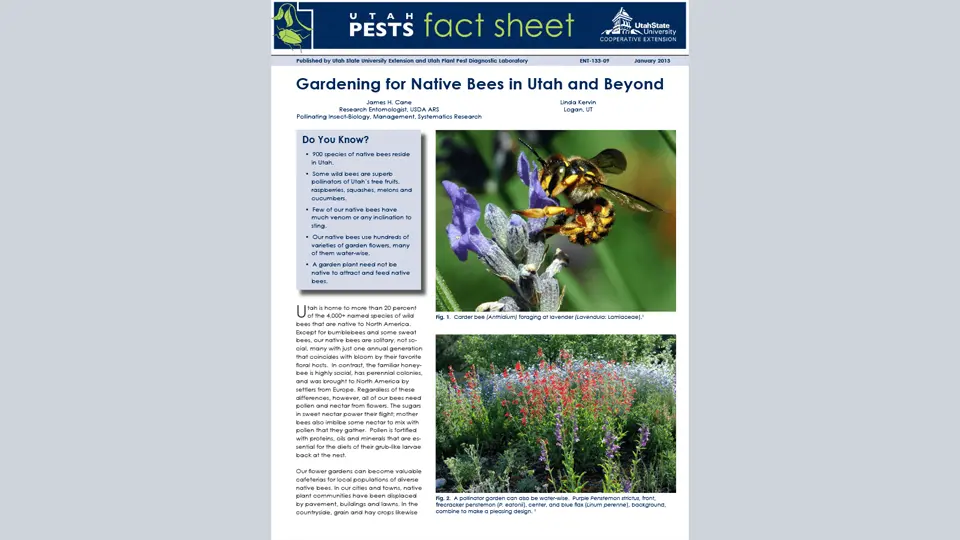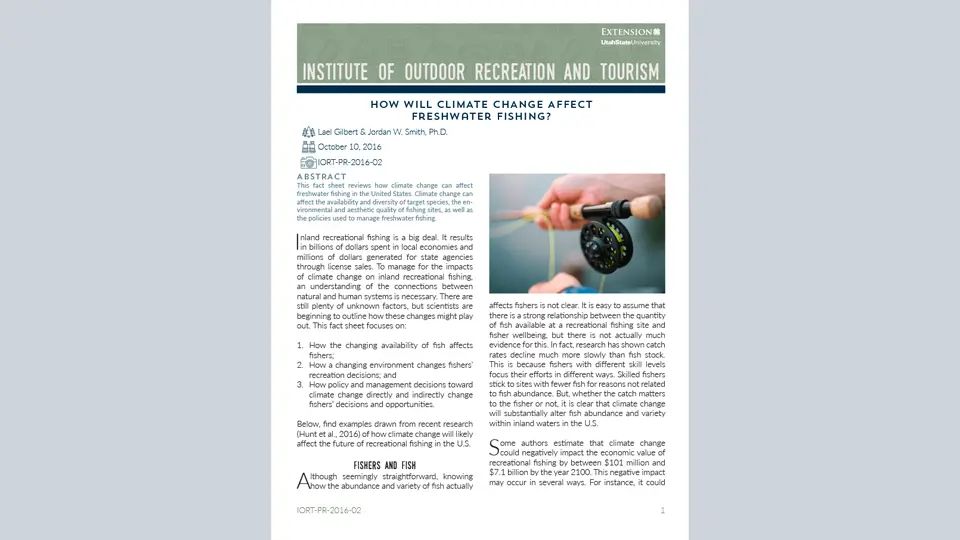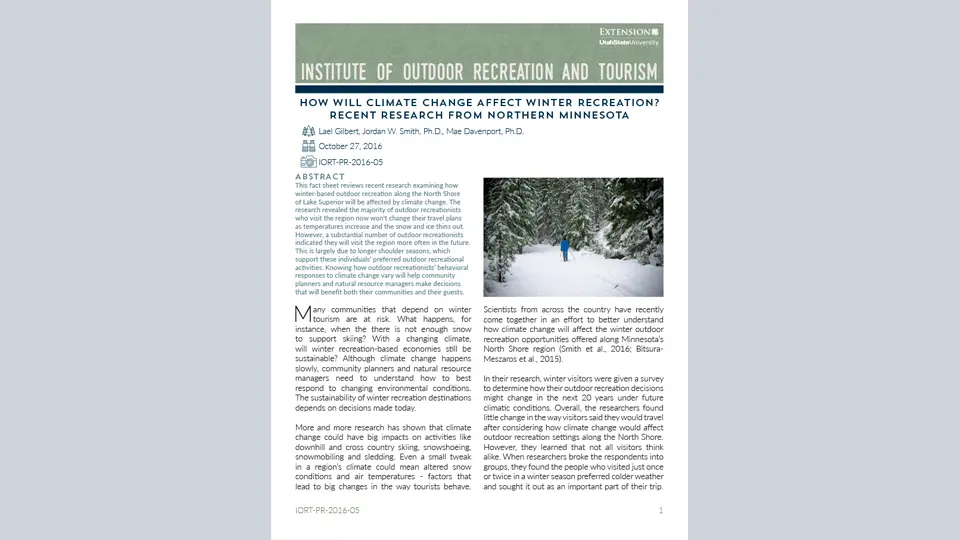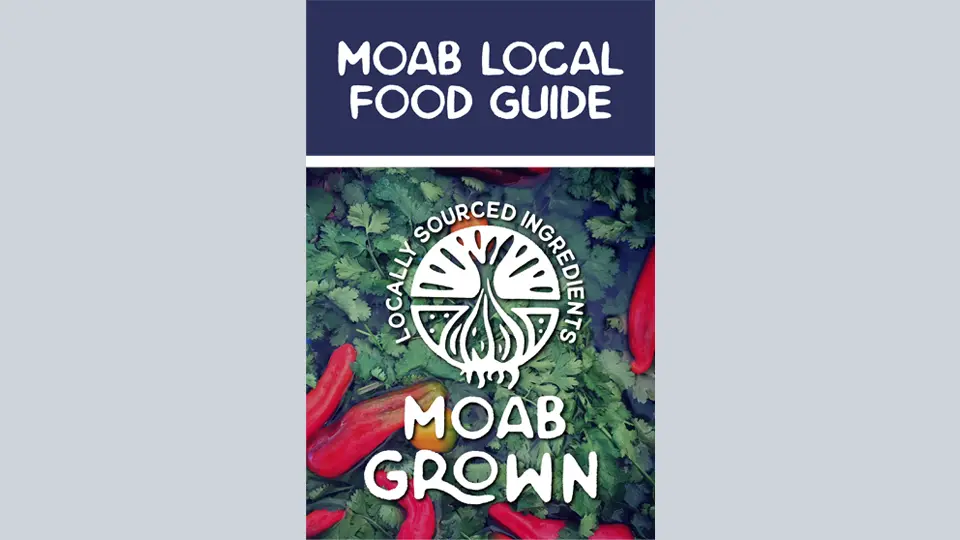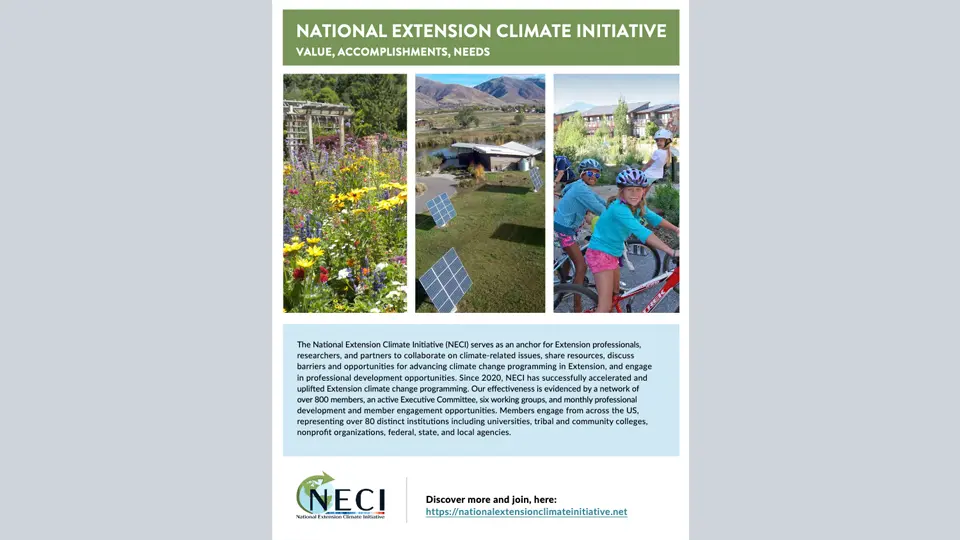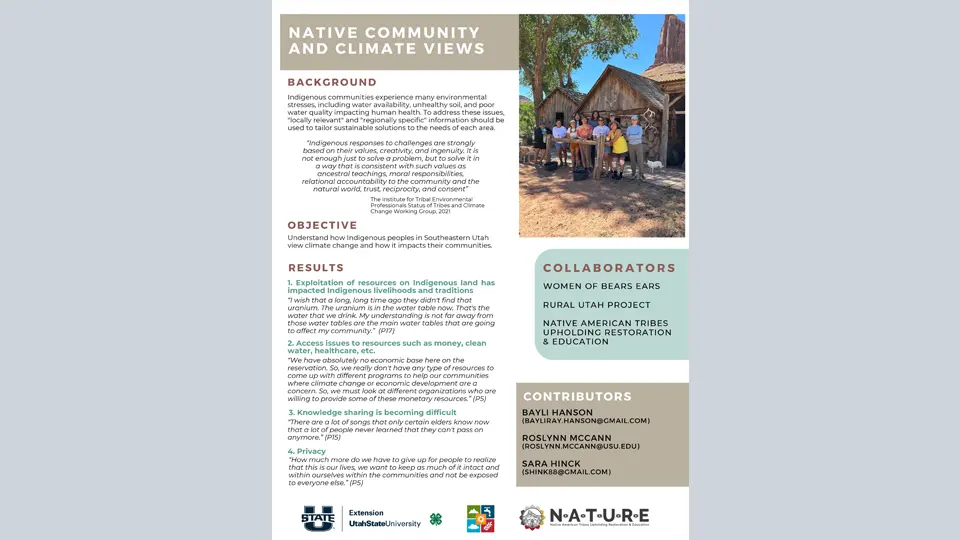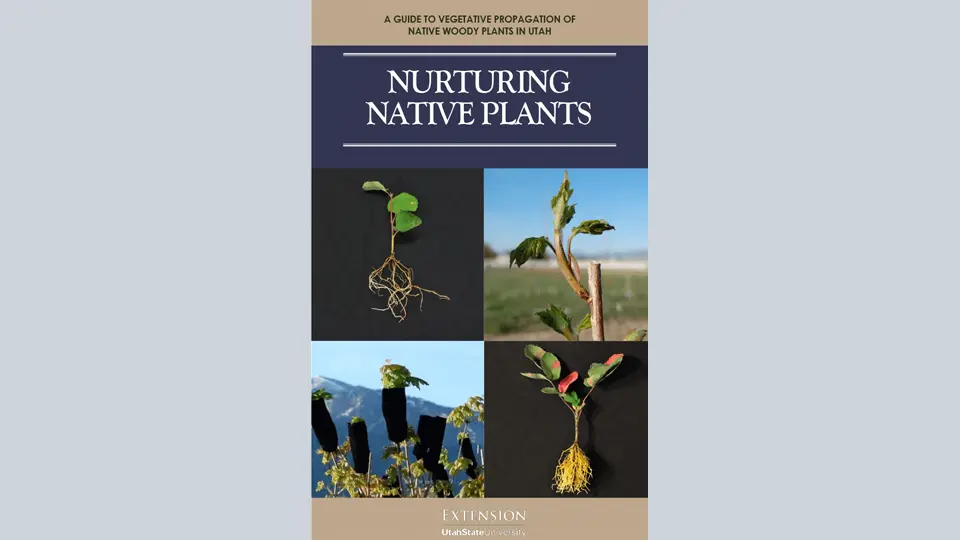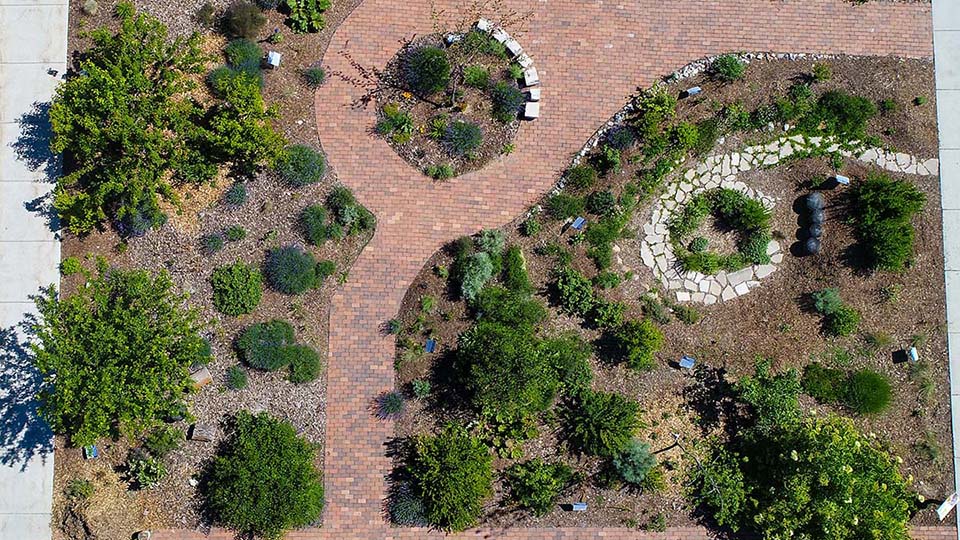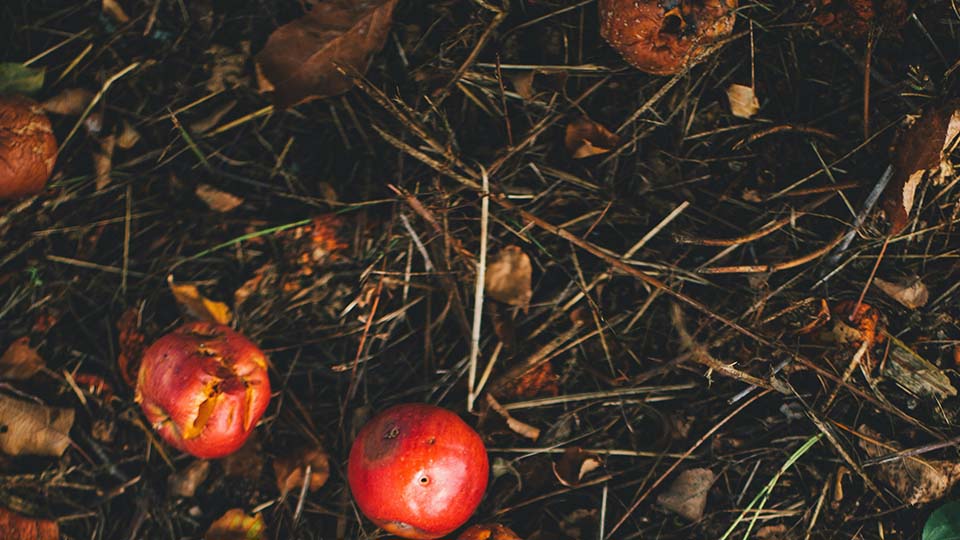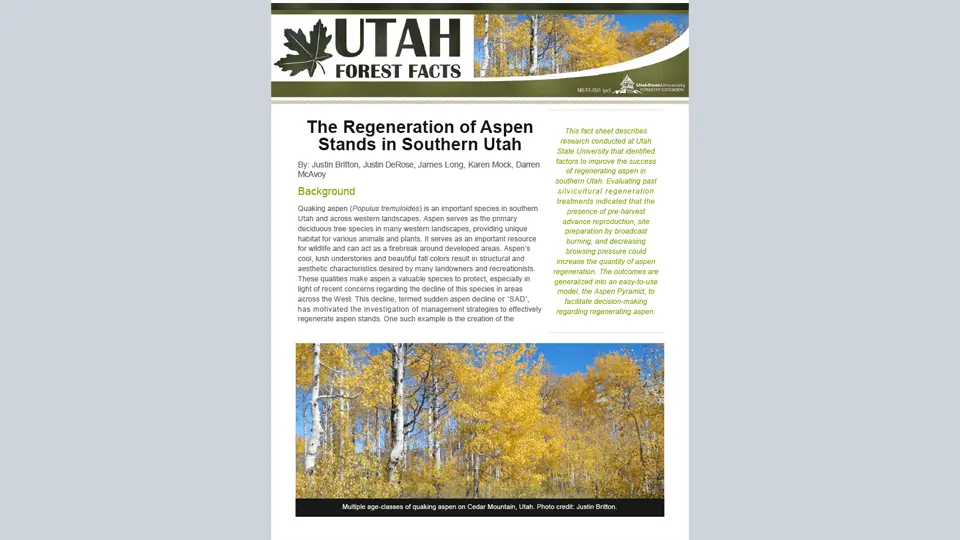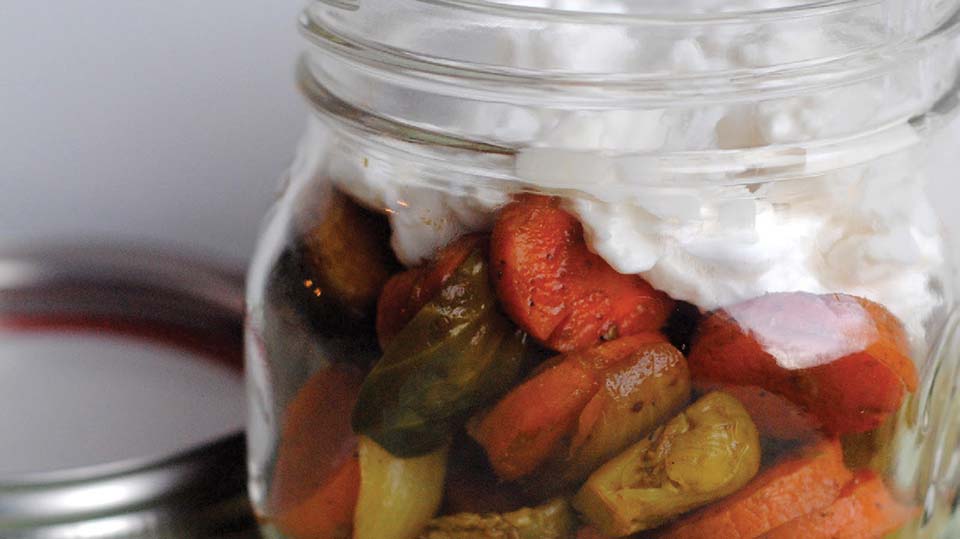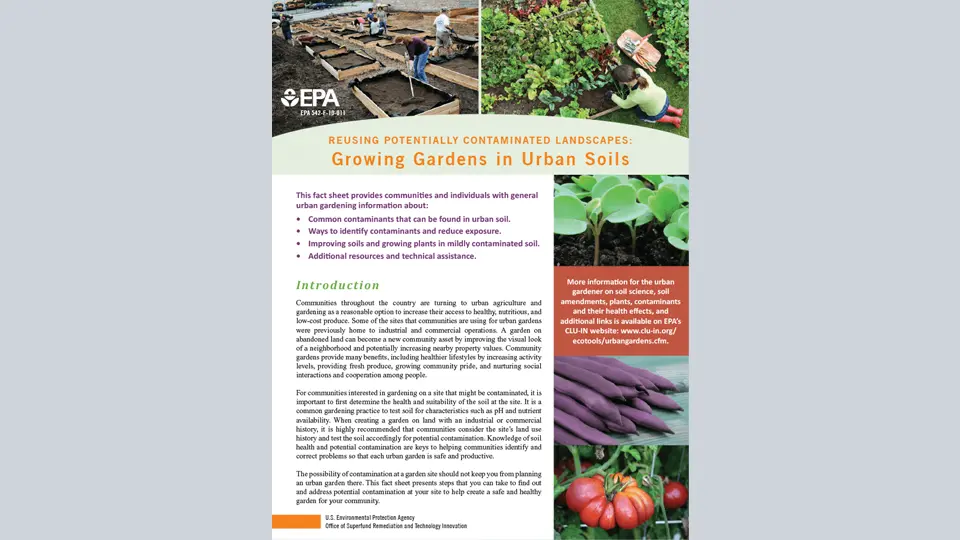Freestores: What, Why & How
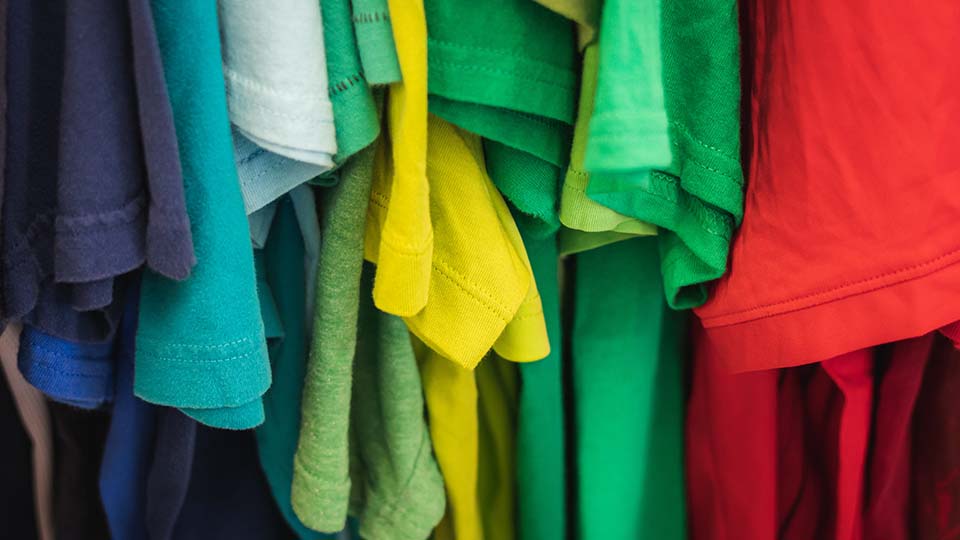
Reducing Solid Waste Through a Cycle of Reuse
Everyone seems to generate some sort of unwanted possession over the years, whether it be clothes they no longer wear, appliances they no longer use, or books they no longer read. While throwing unwanted items like this away in the trash is convenient and simple, it adds to the amount of solid waste found in landfills and the natural environment. Furthermore, it wastes potentially valuable resources that could be used by others.
A viable alternative to disposing of unwanted possessions in the trash is to donate them to a freestore to be used by others. If one does not already exist in your area, consider implementing one for the benefit of the community.
What is a Freestore?
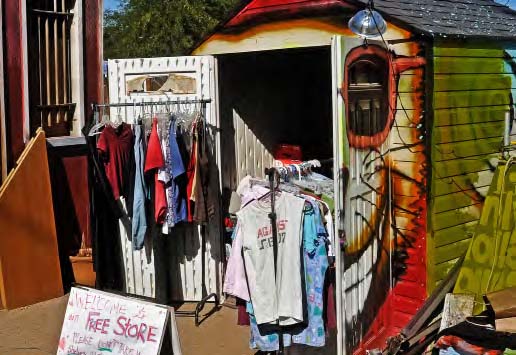
A freestore is similar to a common thrift store with the exception that everything donated to and given away at it is free to the public, just as the name suggests. Items of all sorts can be donated, taken, and exchanged creating a cycle of reuse in order to achieve the ultimate goal of a freestore: To reduce solid waste in landfills and preserve the natural environment in surrounding areas.
The Baltimore Freestore uses this system to “collect unwanted goods and redistribute them to people who want them. It’s pretty simple. We are trying to change the way people view their relationship to their goods, their community and their earth. Though we target low-income neighborhoods to distribute goods, there are no requirements for shoppers; the Free Store is open to anyone who wishes to come. Our motto: give what you can, take what you need.” (Baltimore Freestore, 2012.)
Environmental Importance
According to the EPA (2012), Americans generated approximately 250 million tons of solid waste in 2010! This equals 4.43 pounds of waste generated per person per day; 85 million tons of this, or 34.1%, was recycled. While a significant amount of our solid waste is being recycled, there is room for improvement. The graph on the following page representing municipal solid waste (MSW) generation rates and recycling rates, done by the EPA, demonstrates that while Americans have drastically increased the amount of waste they produce, they are recycling a greater amount of it than ever before. Freestores will further promote and influence this positive trend of recycling.
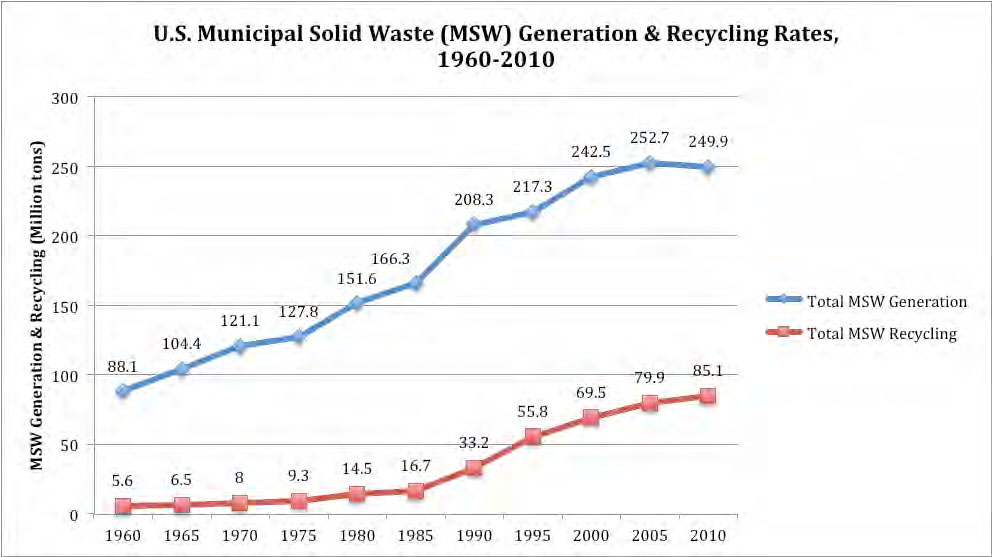
Did You Know?
Freestores not only help the environment, but also your community. Colin Beavan, known as the popular No Impact Man summarizes this concept in stating, “It saves resources, saves money, and builds community. What I like about this kind of thing is that any of us can start it anywhere at any time without going through any of the existing power structures-corporations, non-profits, Government. It’s pure citizen action that is both better for the people and better for the planet.”
Creating a Freestore
Stakeholders

Finding a space or facility that is accessable to the public, convenient to reach, and appealing will be one of the greatest challenges of implementing a freestore in your area. Stakeholders are critical to accomplishing this. These should be people who have common interests in alignment with yours and who are willing to give the most to help you reach your goal. For example, leaders in your community like mayors, college presidents, and professors will be useful to you. Stakeholders can provide funding for your tasks, if needed, and most importantly can provide insight regarding access of a facility to open a freestore.
Data Collection:
Finding out if there is even a need for a freestore in your community is key. Data collection methods like surveys and interest groups will allow you to receive valuable feedback from members of your community in regards to this. Questions that should be asked should include the following:
- Have you heard of a freestore before? (If not, explain what it is).
- If a freestore existed in your area would you use it?
- What items would you like to see at a freestore?
- Where would be the ideal location for a freestore for you?
- What would prevent you from using a freestore?
Seeking answers to questions like this will allow you to reduce the barriers that may be in front of you. Furthermore, positive feedback can be used to gain the commitment of stakeholders.
Prompts & Advertising:
A common barrier you may find is simply a lack of knowledge in your community about the existence or the potential existence of a freestore. To overcome this, prompts and advertising can be used to make sure your efforts are successful. Attractive logos in the form of stickers, buttons, stamps, and even on shirts is a good way to spread your message. Posters placed in public bulletin board areas advertising your freestore and some of the items that could be found there are an excellent way to raise awareness. Social media, such as a Facebook page, is another quick and easy way to accomplish this.
Most importantly though, the best way to make sure you are heard is by word of mouth. Talking to people about the benefits and importance of a freestore is critically important. This can be done at large community events or even smaller events set up just by you. Some events that could be conducted individually include a donation drive or a temporary mock freestore table. This can raise awareness and establish commitment to support the freestore among community members.
Sustaining Change
Store location, visibility and access are crucial in sustaining the life of your store. Having a central location, whether it be directly on campus or in the middle of town, is important. Convenience is key. If possible, you may even create a mobile or traveling freestore that can be taken to places and events like farmers markets, fairs, homeless shelters, food banks, and student move-in and move-out days.
At the beginning, it is very important to prove your freestore will last for a long time and can sustain itself without constant intervention. A good way to accomplish this is by demonstrating the need. This can be done by collecting data on the need, reporting results to newspapers and through social media, and holding and creating events like those mentioned above in the prompts and advertising section.
Securing volunteers to run and watch over your freestore is also important to creating a lasting impact. People involved in service learning organizations and environmental and sustainability clubs are potential sources for volunteers. Creating a club dedicated to maintaining your freestore is also a good idea. Be sure to collect statements periodically from volunteers regarding the positive impact working at the freestore has had on them. This will help you if you ever need to justify your existence.
Many freestores have experienced success and sustaining change is possible. Freecycle, a similar concept, has spread to 85 countries with millions of members since its inception. As stated by The Freecycle Network (2010), “We are currently keeping over 500 tons a day out of landfills! This amounts to five times the height of Mt. Everest in the past year alone, when stacked in garbage trucks!” You can make a difference.
References
- U.S. Environmental Protection Agency. (2012). Municipal Solid Waste. Retrieved from: http://www.epa.gov/osw/ nonhaz/municipal/index.htm
- Baltimore Freestore (2012). The Baltimore Freestore. Retrieved from: http://www.freestorebaltimore.org
- The Freecycle Network (2010). The Freecycle Network. Retrieved from: http://www.freecycle.org/
January 2013
Utah State University Extension
Peer-reviewed fact sheet
Authors
Thomas Derr & Roslynn Brain
Department of Environment & Society
Related Research


